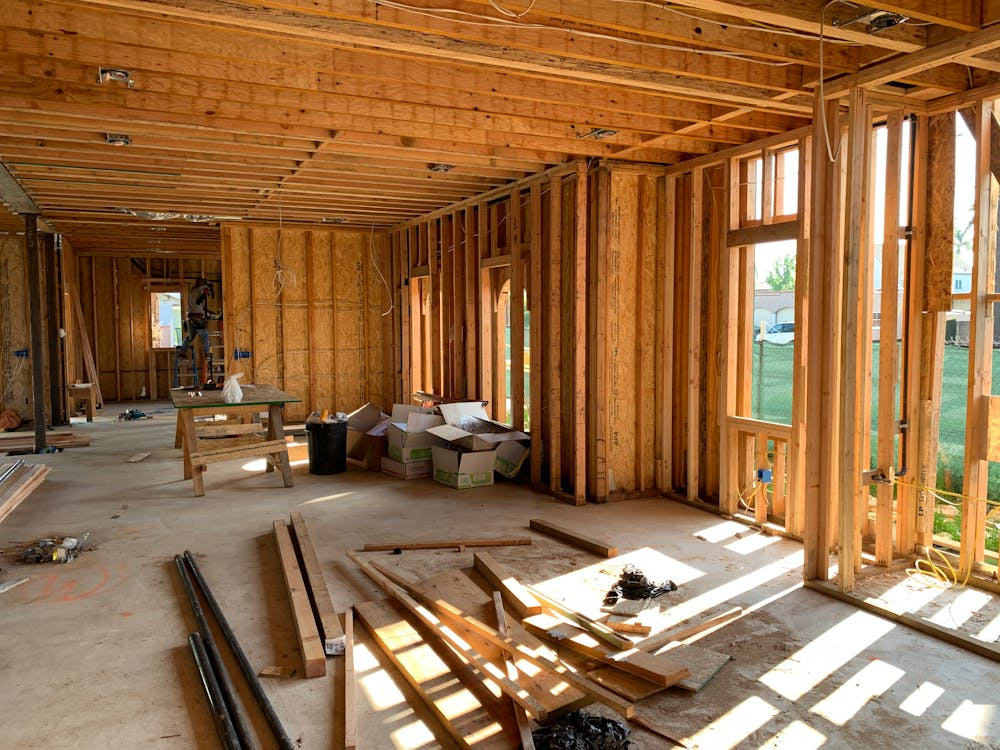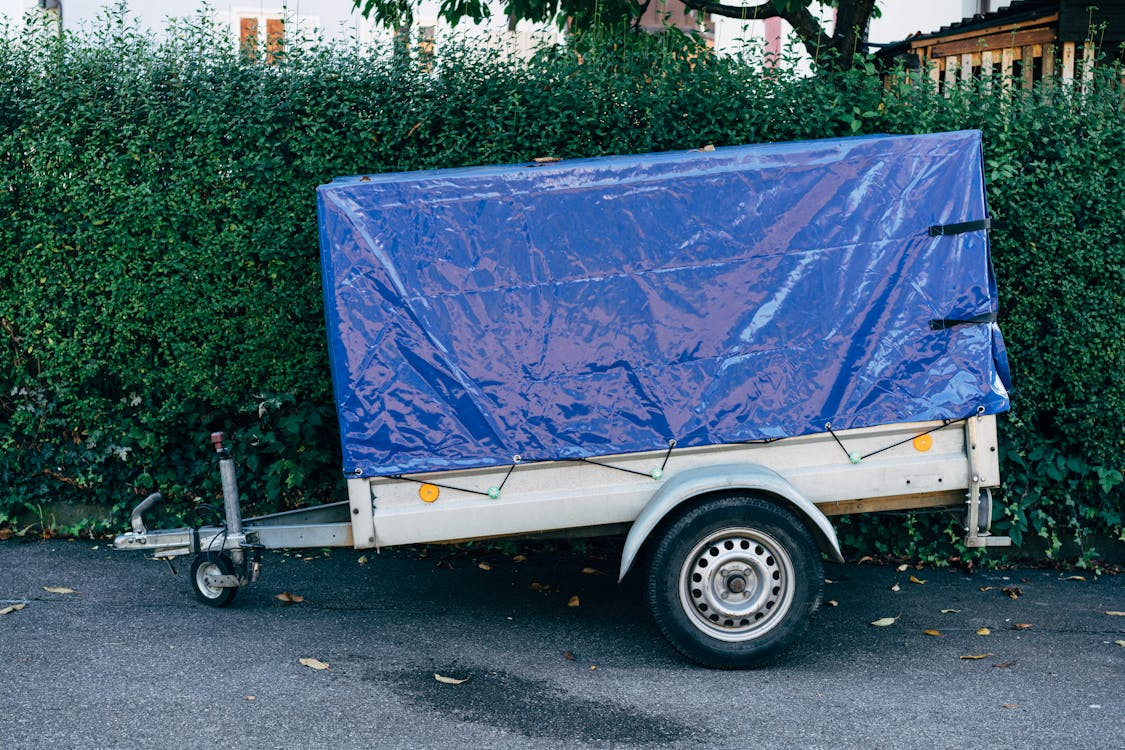
How To Fill A Skip Bin Safely & Maximise Space
Filling a skip bin may appear straightforward, but incorrect loading can lead to safety hazards, additional costs, and inefficient use of space. Whether you are clearing out your home to downsize or decluttering your garage, understanding how to load a skip bin correctly ensures you maximise value and remain compliant with safety regulations. Proper planning is essential because throwing items in without structure often results in overfilling and avoidable complications.
Overview:
How To Plan Ahead Before Your Skip Bin Arrives
Best Practices For Loading Your Skip Bin Efficiently
Compacting and Overfilling Restrictions To Remember When Packing Your Skip Bin
Skip Bin Safety Tips: What You Need To Know
What Items Are Prohibited From Being Thrown In A Skip Bin?
How To Plan Ahead Before Your Skip Bin Arrives
Once you have ordered your skip bin, it’s important to plan how you will fill it. Start by accessing your waste types, separating recyclable materials, green waste and general rubbish if you have different bins or disposal methods available.
Next, identify which bulky items can be broken down or flattened to reduce the amount of space in the skip bin that they will take up. Dismantling furniture or flattening cardboard saves space and makes stacking easier.
Best Practices For Loading Your Skip Bin Efficiently
With a solid plan in place for how you will fill your skip, it’s time to begin. Start by adding heavier items such as bricks, timber or appliances at the bottom.
Try to distribute the weight evenly across your skip bin to maintain balance and not overfill on one side. Fill in the gaps with your dismantled furniture or smaller items that can fill in the gaps.
This process will not only maximise the bin’s capacity, but also reduce the chances of materials shifting once the skip bin has been picked up.
Separate Recyclables to Reduce Waste and Help the Environment
Recycling plays a vital role in protecting the environment by transforming everyday waste into valuable resources. Materials such as paper, broken glass, metal, and certain plastics can be reprocessed and reused in the production of new products, reducing the need for raw materials, conserving energy, and minimising landfill waste.
By recycling properly, households and businesses can contribute to a more sustainable future and help reduce the environmental impact of waste.
Compacting and Overfilling Restrictions To Remember When Packing Your Skip Bin
Skip bins come in different sizes and must not be overfilled. As a general rule, bins should be filled level with the top – though some sizes, like the 9m³ bin, have different limits for heavy materials such as concrete. Always refer to our terms and conditions for specific fill levels and restrictions to ensure safe and compliant use.
Safely filling the skip below the maximum fill line ensures the skip can be safely transported on the designated collection day, avoiding any additional fees.
To maximise the space of your skip bin, you can strategically place items between bigger, bulkier items to maximise the amount of waste you can remove.
Skip Bin Safety Tips: What You Need To Know
Whether you’re doing a full house downsize or managing a deceased estate cleanup, safety matters as much as efficiency. To ensure you are safe from any injuries while filling your skip bin, it is important to have the right safety gear, equipment and lifting and handling techniques.
Personal Protective Equipment
- Sturdy Mesh Gloves: Gloves help protect your hands from any cuts or abrasions from sharp objects such as broken glass or timber.
- Enclosed Footwear:Enclosed footwear is essential. It is recommended to wear steel cap boots, if you own a pair, or sturdy shoes, to protect your feet when lifting heavy objects. This will prevent or reduce any damage to your feet if you accidentally drop the heavy item on your feet.
- Protective Clothing: Wearing protective clothing, such as gloves and a long-sleeve shirt, is crucial to prevent scratches from objects, splinters or any potential liquid spills from harming your skin.
Four Steps For Safe Lifting Of Heavy Items
If your downsizing involves removing old couches, cupboards, or any heavy objects, you must prepare your body for heavy lifting.
Safe lifting can be done in four quick and easy steps:
- Plan the lift and consider the best way to lift the item. Consider how far you need to lift this item to put it into the skip bin and whether it is a two-person lift.
- Position your body with a straight back and make sure your feet are shoulder-width apart to create a stable base.
- Bend with your knees and hips into a squat position, keep your chin tucked in and head facing forwards.
- Get a firm grip on the object, and if you have a second lifter, coordinate the lift up with a simple countdown. Always keep the object between your power zone (between your mid-thigh and mid-chest) to ensure that you can minimise the strain on your back and arms.
- Lift the item, and synchronise your walk with your second lifter so there is a fluid motion.
- Open the skip bin door (if applicable) or, if safe to do so, place the item in the skip bin.
What Items Are Prohibited From Being Thrown In A Skip Bin?
For health and safety reasons and waste guidelines, disposing of restricted materials or mixing your skip bin with incompatible waste types can result in additional charges or your waste being returned.
The following waste types and prohibited items must never be placed in a skip bin:
- Putrescible waste (including food waste, nappies and pet waste).
- Liquid waste (including paints, oils, chemicals and thinners.
- LPG gas cylinders
- Asbestos
- Hazardous materials
- Tyres
- Batteries (Only allowed in a Mixed Waste bin)
- E-Waste
Why Just Skips Is the Trusted Choice for Hassle-Free Waste Removal
For over 30 years, Just Skips has continued to service the Adelaide metropolitan area with reliable and trustworthy waste management skip bins. If you need any additional support or information with filling your skip bin, please do not hesitate to contact our dedicated team today.
Frequently Asked Questions
What is the best way to fill a skip bin?
The best and most efficient way to fill a skip bin is to start with flat, heavy items at the bottom to create a stable base. Next, break down old furniture and place the items between your heavy items to maximise the space.
How full can you fill a skip bin?
Skip bins should be filled level with the top to ensure safe transport. Overfilling can pose safety risks and may result in additional fees or refusal of collection. Certain bins, such as the 9m³, may need to be filled below the rim for heavier materials like concrete.
People Also Read
Low-Maintenance Landscaping Ideas To Transform Your Front Yard



